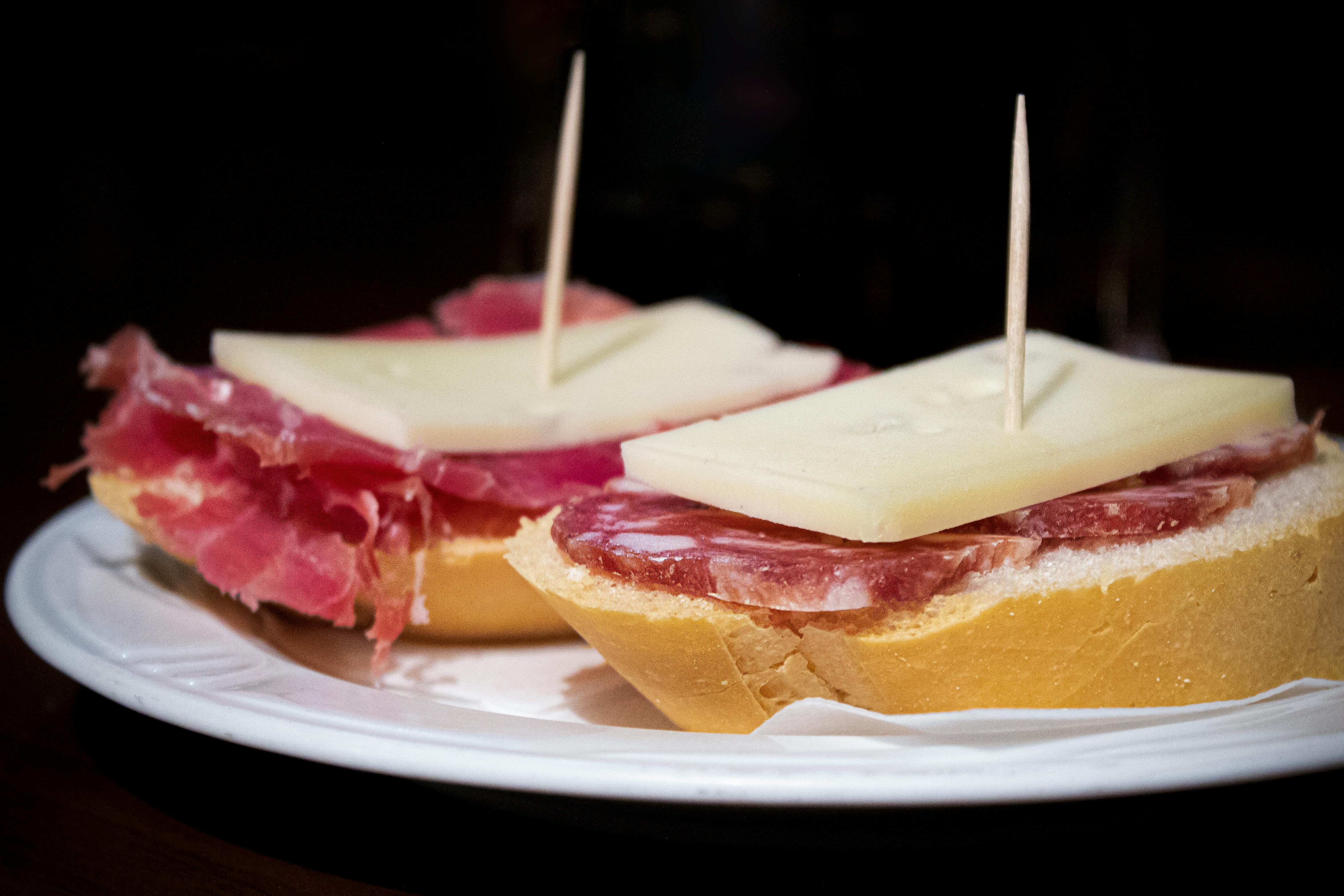A Dive into the Vibrant World of Spanish Tapas
Spanish cuisine is a tapestry of diverse culinary traditions, each influenced by unique regional cultures, historical events, and climatic conditions. One of the most celebrated aspects of Spanish gastronomy is the tradition of tapas—small, delectable bites meant to be shared among friends. Let's embark on a journey exploring this delightful culinary practice that's taking the world by storm.

The Rich History of Tapas
The origin of tapas is steeped in history and folklore. Some believe it began when Castilian king Alfonso X recovered from an illness by eating small meals with wine. Others suggest that tapas were slices of bread or meat used as a cover (or ‘tapa’) for wine glasses to keep out flies. Regardless of its origin, tapas has become a cornerstone of Spanish social life, symbolizing camaraderie, conversation, and good times.
The Art of Tapa Hopping
Walking from one tapas bar to the next, sampling different dishes at each stop—a practice known as ‘tapa hopping’—is an integral part of the Spanish lifestyle. It’s not just about the food; it’s about the joy of community, the lively chatter, the clinking of glasses, and the shared experience of savouring a variety of flavours.
The Wide Array of Tapas
Tapas are incredibly diverse, with each region in Spain boasting its unique specialties. From Andalusia’s fried squid rings and Galicia’s octopus with paprika to Basque Country’s Gilda (a skewer of olives, anchovies, and peppers), the world of tapas is an endless feast of textures, flavors, and gastronomic creativity.
Tapas and Modern Dining Trends
In recent years, the ‘small plates’ trend has swept through the global dining scene, with tapas-style dining popping up in restaurants worldwide. The appeal lies in the opportunity to sample various dishes in one meal, making dining a more social and experiential event.
Tapas at Home: A New Way to Entertain
You don’t have to travel to Spain to enjoy tapas. With some creativity and a passion for good food, you can bring the tapas culture to your own dining table. Hosting a tapas party at home can turn a regular gathering into a memorable culinary adventure.
Savouring Tapas: Tips and Fun Facts
- The word ‘tapa’ translates to ‘cover’ or ‘lid,’ referencing the practice of covering drinks with a piece of bread or meat.
- In many parts of Spain, it’s customary to serve a free tapa with every drink ordered.
- Traditional tapas include patatas bravas (fried potatoes with a spicy tomato sauce), tortilla española (Spanish omelette), and gambas al ajillo (garlic prawns).
Tapas is more than just a style of eating. It’s a culinary tradition that brings people together, encouraging them to slow down, enjoy good food, and savour the pleasure of community. Whether you’re tapa hopping in Spain or hosting a tapas party at home, embracing the tapas culture will surely add a vibrant twist to your culinary adventures.




